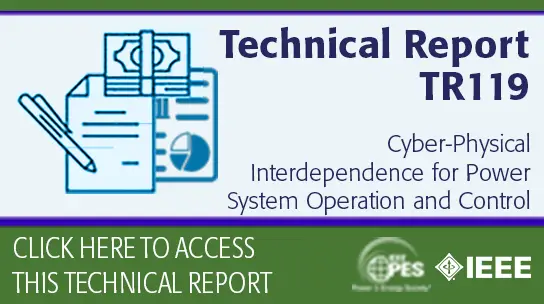-
Members: FreePES
IEEE Members: $45.00
Non-members: $70.00Pages/Slides: 109
29 Aug 1999
Foreword Robert Wilson Stanford University In several jurisdictions, wholesale electricity markets have recently been restructured, replacing traditional rate and return regulation with supervision of institutionalized markets for energy and transmission. The market designs vary but they share the features of decentralized competitive bidding in auction markets for energy and reserves and some degree of nondiscriminatory pricing and access to transmission. Competitive markets can enhance efficiency at the firm level, by strengthening incumbents' incentives to reduce costs and by enabling entrants to undertake innovative investments; and at the market level, by allowing a richer array of contracts and trading processes and by using explicit prices to allocate supply resources to demand applications. But the efficiency gains that are realized depend crucially on the market structure, especially the extent of market power among large firms; on the market architecture, especially the integration among the forward and spot markets for energy, reserves, and transmission; and the details of implementation, such as the rules for bidding and market clearing that determine prices and quantities, and the costs of participation and transactions. The gap between potential and realized efficiency gains is partly due to gaming, that is, participants' strategic behavior. Freedom to maximize profits within the rules of the market is, of course, the operative principle of competitive markets, but restructuring is based on the premise that the rules are sufficiently well-designed, and the competition sufficiently vigorous, to direct the profit motive into socially beneficial channels. Ideally, the market design and the procedural rules leave no loopholes that can be exploited, and gaming that disrupts operations or distorts prices is suppressed. In fact, of course, the inevitable imperfections at startup must be corrected via a continual process of improvement, and market power must be monitored and mitigated by stringent measures. When joined with standard economic theory, game theory provides a useful methodology for examining these issues. For instance, the exercise of market power need not be confmed simply to withholding supply to drive up the price; rather, it can be used to congest transmission into a load pocket, to drive base-load prices down to deter entry, or to demand premium prices for scarce peaking capacity or reserves in a critical location. The detailed examination of strategies that are profitable for a dominant supplier is one way to establish the restrictions that are required to mitigate market power, and to guide the monitoring undertaken by the market surveillance committee. Similarly, even in the absence of market power, efficiency requires a market architecture and procedural rules that provide a reliable process of price discovery in the energy markets and strong connections between the forward and spot prices. Here again, studying how a firm can best use its opportunities to trade in contract, day-ahead, and spot markets reveals the sources of any systematic deviations between the prices in the forward and real-time markets, and thereby the possible remedies. Or, a game-theoretic approach can reveal the consequences of various market simplifications, like (as in California) using zones rather than nodes for pricing transmission congestion, or managing congestion only after the day-ahead energy markets have closed, or relying on auction markets to select reserves rather than a centralized dispatch. Various extensions of the basic markets are also amenable to analysis, such as the effect of issuing firm transmission rights: how does this affect incentives to provide adjustment bids; how might insurance against congestion charges encourage a supplier with market power to cause uneconomic congestion by over-scheduling transmission? The theme of the game-theoretic approach is to focus on incentives. As in the above examples, the key step is to analyze how market power, market architecture, and procedural rules affect the optimal strategies of participants. Effective mitigation measures and improvements in the architecture and rules are identified mainly by their ultimate effects on incentives and strategies - the best being those that suppress gaming and promote efficiency. This is essential to the initial design of restructured markets and to continuing improvement. Game theory is not solely a method of analysis, however. Because it leads to predictions about behavior, it is also an experimental and empirical science. Experiments are especially important in studying the complex interactions in electricity markets that span energy, transmission, and reserves, and include both forward and spot trades. In many cases the most convincing evidence about a design or policy issue is obtained from a simulation of the market in a laboratory setting that provides a testbed in which the effects of design innovations can be observed and measured. A laboratory simulation can be spectacularly effective at finding loopholes in procedural rules, since subjects motivated by fmancial rewards fmd ways to "game the system" that the designers never imagined.
Primary Committee:
Operating Economics subcommittee
Sponsor Committees:
Operation Methods subcommittee


